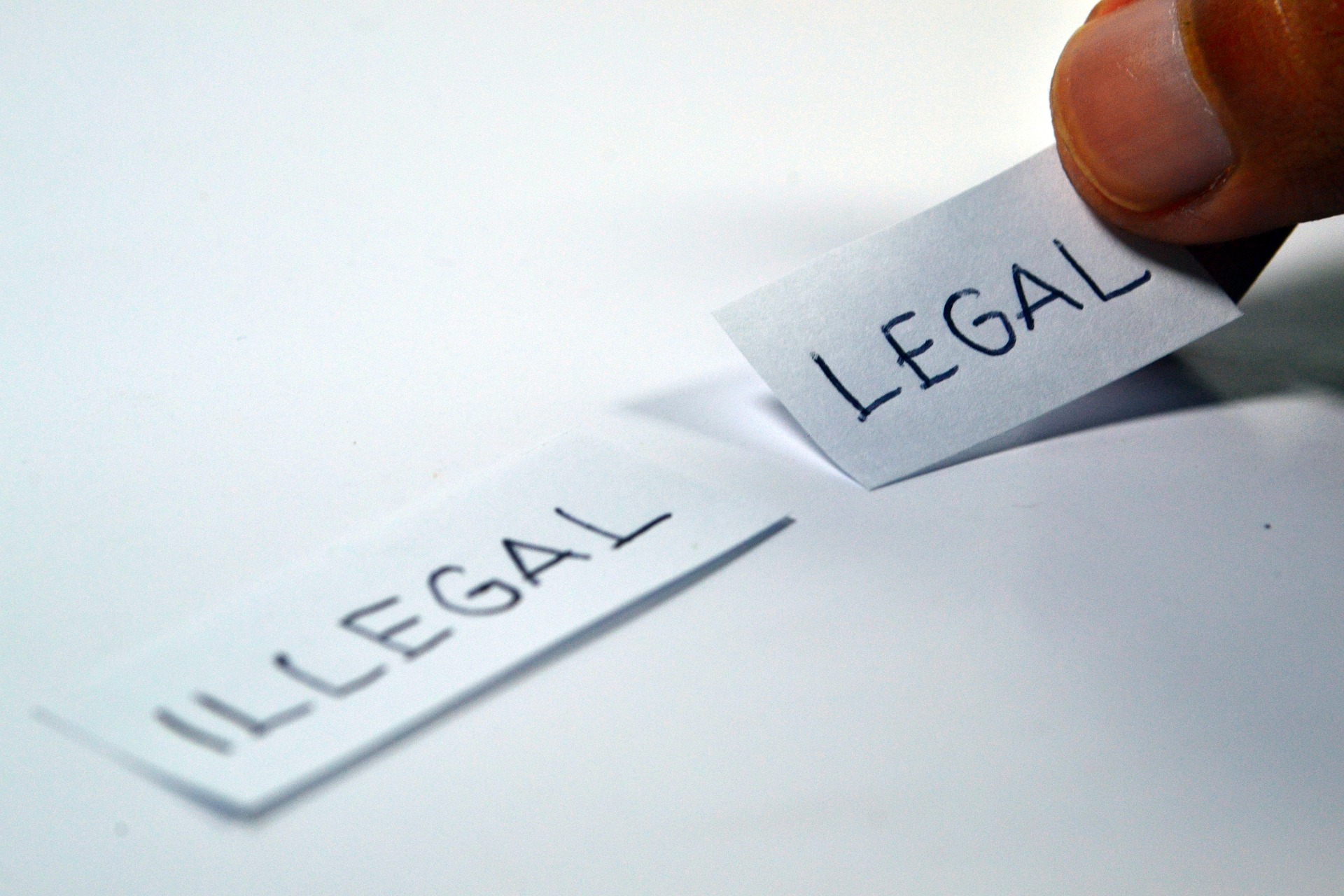Understanding the Dynamics of Climate Legislation: A Comprehensive Analysis
Introduction: Dive into the intricate world of climate change legislation, exploring its historical trajectory, current developments, and societal implications. This article sheds light on the pivotal role of law in shaping our environmental future. Climate change is not a recent phenomenon, and neither is climate legislation. The first legal steps toward addressing environmental issues began in the mid-20th century. The US Clean Air Act of 1963 and the National Environmental Policy Act of 1969 were among the first legislative efforts aimed at controlling pollution and safeguarding the environment. However, the specific focus on climate change started to gain momentum in the late 1980s and early 1990s, coinciding with the establishment of the Intergovernmental Panel on Climate Change (IPCC) in 1988 and the United Nations Framework Convention on Climate Change (UNFCCC) in 1992.

Recent Developments in Climate Legislation
In recent years, climate legislation has become a prominent feature of legal and political discourse. The Paris Agreement of 2015 marked a significant milestone, with 196 parties pledging to limit global warming to well below 2 degrees Celsius and to pursue efforts to limit it to 1.5 degrees. In the US, the Biden administration’s commitment to rejoin the Paris Agreement and introduce a series of climate-focused executive orders signifies a shift toward more aggressive climate action.
The Role of Courts in Climate Legislation
Courts have increasingly played a crucial role in climate legislation. Landmark cases like the Urgenda case in the Netherlands and the Juliana v. United States in the US have highlighted the potential of litigation as a tool to enforce climate action. These cases suggest that courts can hold governments accountable for inadequate climate policies, thereby influencing legislative action.
Societal Impact of Climate Legislation
Climate legislation has far-reaching implications for society. It influences energy production, industry operations, transportation, and even individual lifestyles. For instance, laws regulating carbon emissions can impact the types of cars we drive, the energy we use, and the products we purchase. Moreover, climate legislation can play a role in addressing inequality, as climate change disproportionately affects disadvantaged and vulnerable communities.
Challenges and Prospects of Climate Legislation
Despite the progress, climate legislation faces numerous challenges. These include political resistance, economic considerations, and the inherent complexity of addressing a global problem within national legal frameworks. Moreover, the urgency of climate change demands swift action, yet legislative processes are often slow and cumbersome. However, the increasing recognition of climate change as a pressing issue offers hope for more robust and effective climate legislation in the future.
In conclusion, climate legislation is a dynamic field that reflects our evolving understanding of and response to climate change. As we grapple with the environmental challenges of the 21st century, law and policy will undoubtedly play a pivotal role in shaping our collective future. Understanding the intricacies of climate legislation is thus not just a matter for legal scholars, but for all of us as global citizens.




